Detection devices run the gamut from smoke detectors and heat detectors to multi capability detectors which contain a number of functions in one detector.
Fire detection system definition.
A hard wire system or a generated signal conveyed by radio wave over a special.
Here is a list of terms and definitions related to fire detection alarm systems.
An air aspirating smoke detection system provides the most rapid indication of fire but these systems.
A fire detection system consists of manual and automatic alarm initiating devices that are activated by the presence of fire smoke flame or heat figure 14 6.
The brain of the fire detector system is the fire alarm control panel.
If your workplace uses a fire detection system that was designed and installed to meet the fire protection requirements of a specific osha standard it must also comply with the fire detection.
The main source of this document is the nfpa 2016 glossary of terms we also make extensive use of the terms defined in the ontario fire code and the whitby fire safety plan glossary our goal with this list is to use the most official correct language for these definitions.
These systems represent the premier stateoftheart fire detection technology that can provide very early warning of a developing fire as well as reduce the probability of inadvertent discharge.
The fire detection system today consists of an facp fire alarm control panel this is the system s brain and it s capable of making rapid decisions.
These alarms may be activated automatically from smoke detectors and heat detectors or may also be activated via manual fire alarm activation devices such as manual call points or pull stations.
In conjunction with our partner notifier by honeywell we have created an invaluable guide to fire detection and alarm systems ideal for all those with an active interest in fire safety and fire alarms including fm managers building custodians fire prevention officers m e consultants and electrical contractors.
Fire detection alarm glossary.
The devices then send a signal to the facu using one of two methods.
In non domestic buildings fire detection will typically take the form of a fire alarm system incorporating one or more of the following automatic devices.
The slowest system to detect a fire is a heat detector which is also the least expensive.
At this point one of the main drawbacks to mist systems is their higher cost which can be 50 100 greater than standard sprinklers.
In dwellings smoke detectors are often stand alone devices.
It is the central hub for all of the detector signals to be wired to and provides a status indication to the users.
Fire detectors sense one or more of the products or phenomena resulting from fire such as smoke heat infrared and or ultraviolet light radiation or gas.



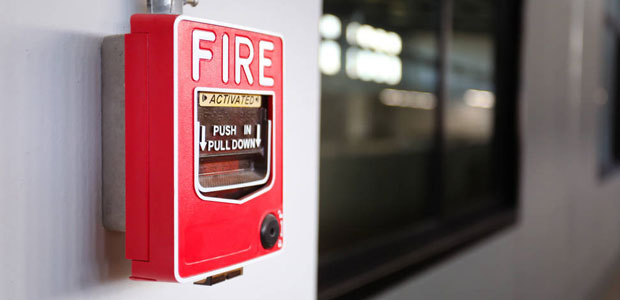



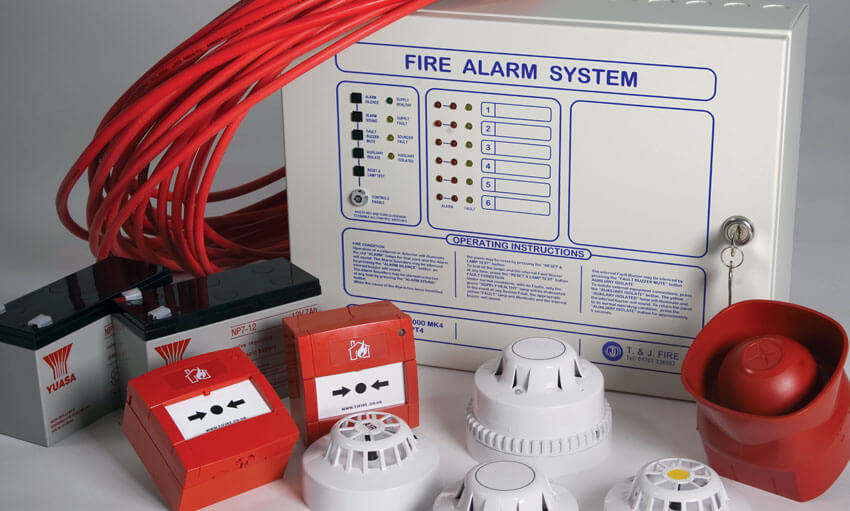




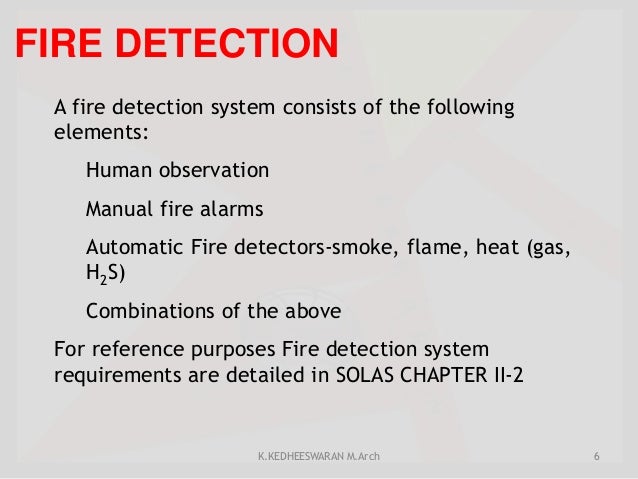
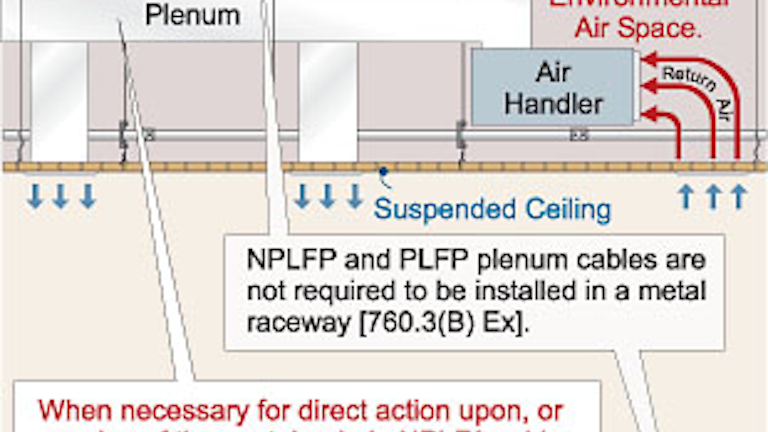
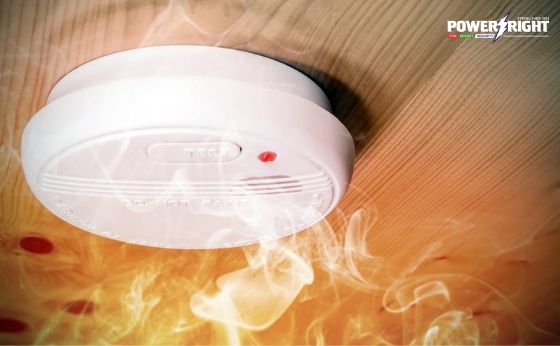

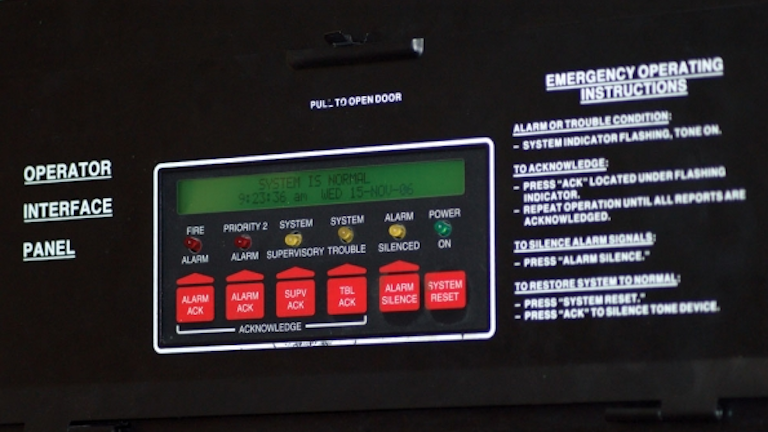


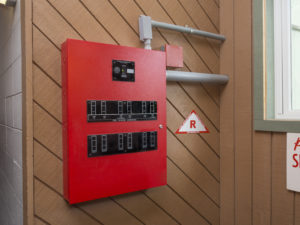
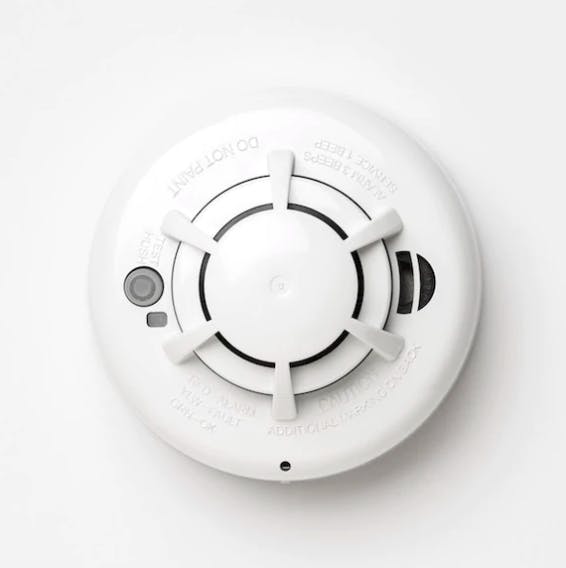





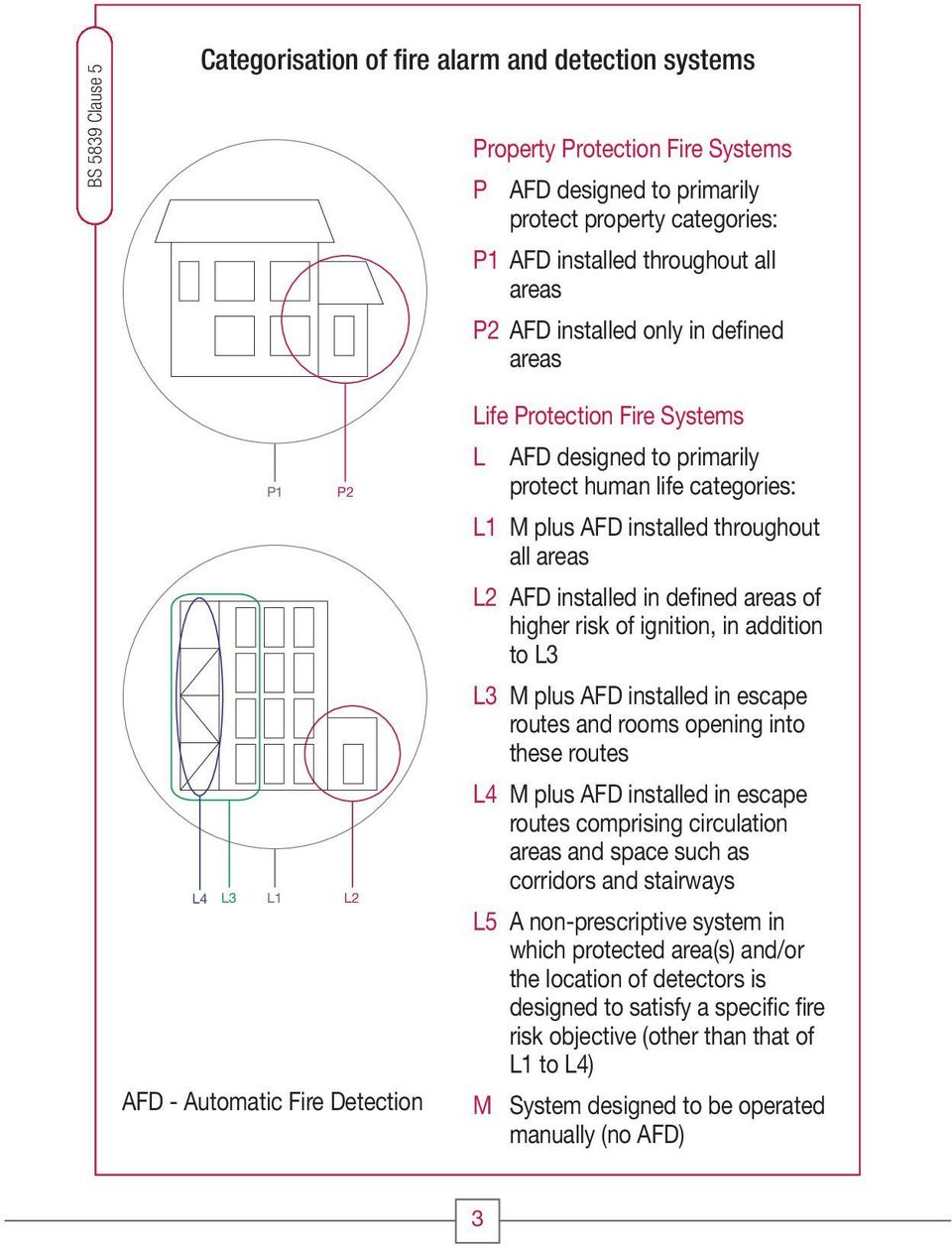
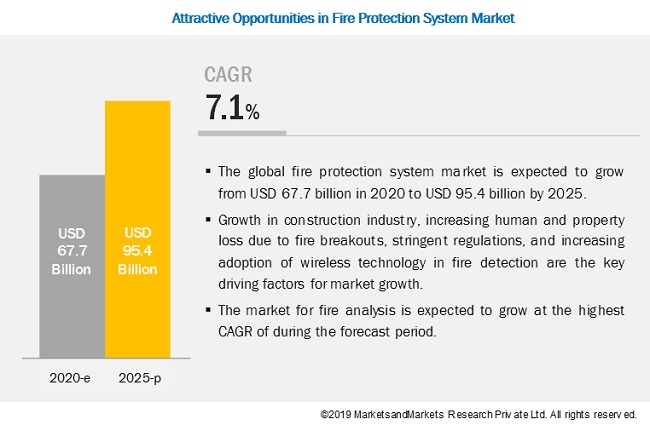











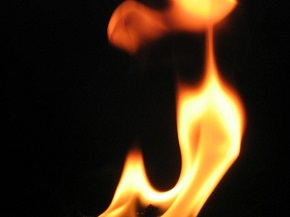
/The%20Three%20Types%20of%20Fire%20Alarm%20Monitoring%20.jpg)
-9.tmb-firecode.png?sfvrsn=6a6f9628_1)

